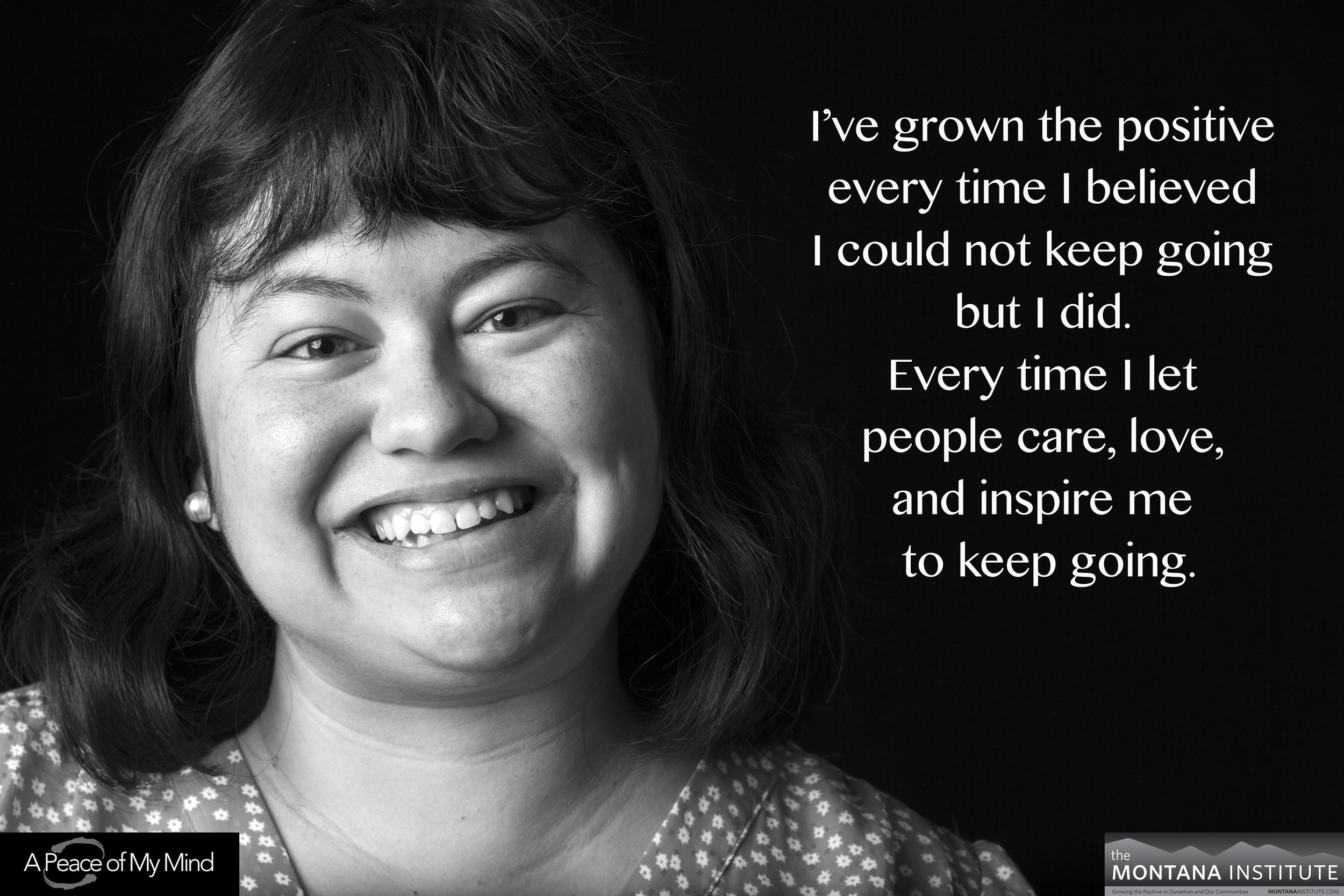Art and the Science of the Positive Are Meant to Be Shared
/The evidence of a dose-response relationship between Positive Childhood Experiences and a reduced risk of a growing number of identified negative health outcomes in adulthood, effectively serving as a buffer to ACEs, is one of the most exciting areas of research that I have witnessed in my career, and it is what led me to the Montana Summer Institute.
From June 20th to the 23rd, among the soaring mountains and budding wildflowers of Big Sky, Montana, more than 300 people from 30 different U.S. States gathered together, as they have done for 20 years, for the Montana Summer Institute (MSI) to explore this year’s conference theme of The Paradox of the Positive: Preventing Harm by Promoting Health. With the largest attendance in the history of this annual flagship event of The Montana Institute, the energy was heightened, and the sense of possibility loomed large from start to finish.
MSI is unique in many ways. One of most striking differences from traditional trade-based conferences is that attendees not only come from across the country, but they also represent a full spectrum of prevention work. Attendees’ day jobs and passion projects include working toward the prevention of child abuse, youth substance use, suicide, traffic fatalities, mental health crises, persistent poverty, domestic violence, overdose, and injustices related to sexuality, gender, race, and more. The common thread that brings these prevention champions together for MSI is their interest in adopting an approach of uncovering and growing the good in individuals, families, schools, workplaces, communities, environments, and systems as a proven strategy toward reducing harm.
Many MSI attendees have experience working in systems that have a history of approaching prevention from a deficit-based model, elevating and magnifying the very real problems that exist in society with the idea that, “If people only knew how bad this was, they would do something about it.” They’ve been working hard to raise awareness of problems for many years, and they are tired. They are sometimes nearing burn out, and they are looking for a different path forward. The Science of the Positive has provided that path for many, including myself.
The Science of the Positive is the study of how positive factors impact culture and experience. It focuses on how to measure and grow the positive, and has been applied over decades with agencies, communities, and businesses. It is based on the core assumption that the positive is real and is worth growing – in ourselves, our families, our workplaces, and our communities (Linkenbach, 2007). Those of us who work as health and safety professionals can sometimes become so focused on the dangers and problems we are trying to decrease that we forget this core truth. The Science of the Positive reverses the problem-centered frame, and focuses on growing the healthy, positive, protective factors that already exist in our communities. When we start to look at the world through this positive, hopeful lens, it has a profound impact on the questions we ask, the data we collect, and the way we address health and safety issues.
As a former executive director for First 5 Lake County in Northern California, this is exactly the approach I didn’t know I was looking for when I first reached out to Dr. Bob Sege at Tufts University Medical Center and the HOPE National Resource Center to learn more about the Building Blocks of HOPE as a tool for promoting PCEs in our early childhood work. The more questions I asked, the more questions I had about how to not only embrace the four building blocks, but also to scale this strengths-based approach beyond early childhood applications to a community-wide approach to positive prevention. Dr. Sege directed me to the founder of the Science of the Positive, Dr. Jeff Linkenbach, with whom I am now honored to work in my role as the director of special projects at The Montana Institute.
At each year’s Summer Institute, the attendees come, just like I did, to learn from knowledgeable and experienced faculty about how to apply the Science of the Positive and Positive Community Norms frameworks in the places where they live and work, and they leave inspired. This year, The Montana Institute invested in bringing photographer and founder of A Peace of My Mind, John Noltner, to Big Sky as artist-in-residence, and the images he captured of our attendees and faculty alongside their answers to the question, “When have you grown the Positive?” magnified that inspiration even further.
This community of PACES advocates and professionals is filled with people, just like our MSI attendees, who are uncovering and growing the Positive every day. I thought you might like to see the faces and hear the thoughts of some of your contemporaries across the United States, and gain strength and encouragement from the beauty of their faces and words, and the knowledge that you are not alone. Both art and the Science of the Positive are meant to be shared!



